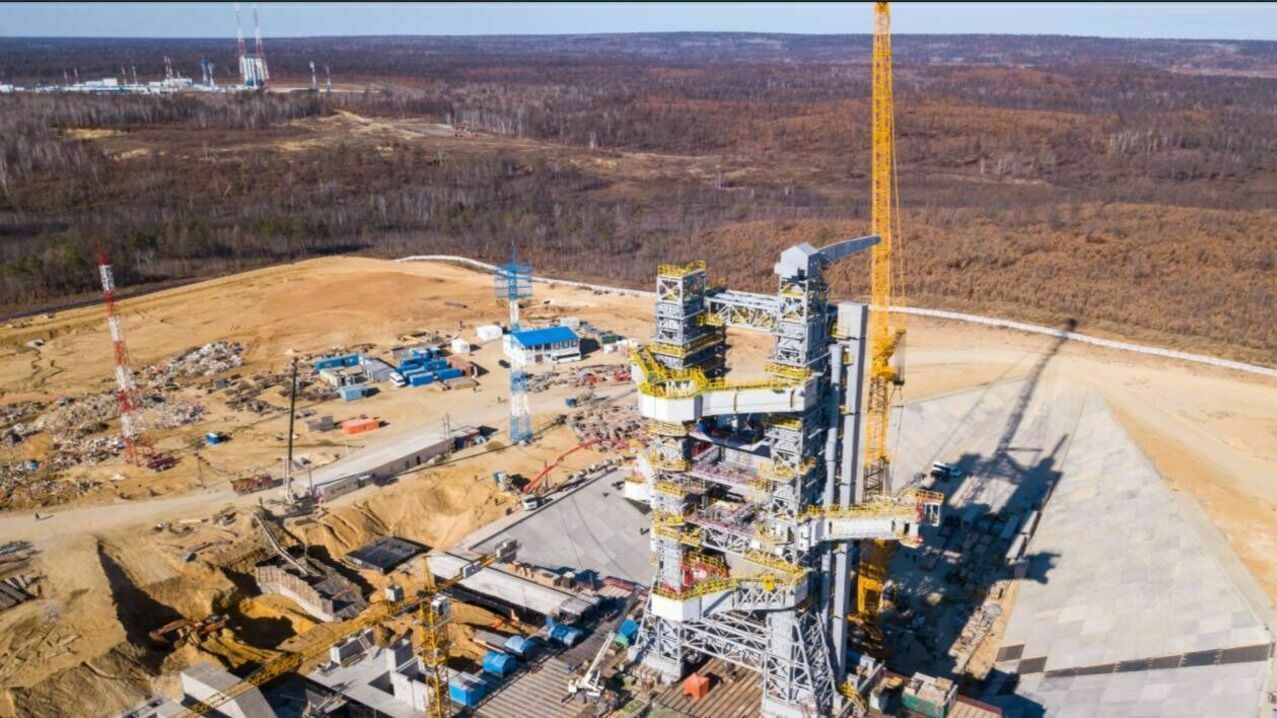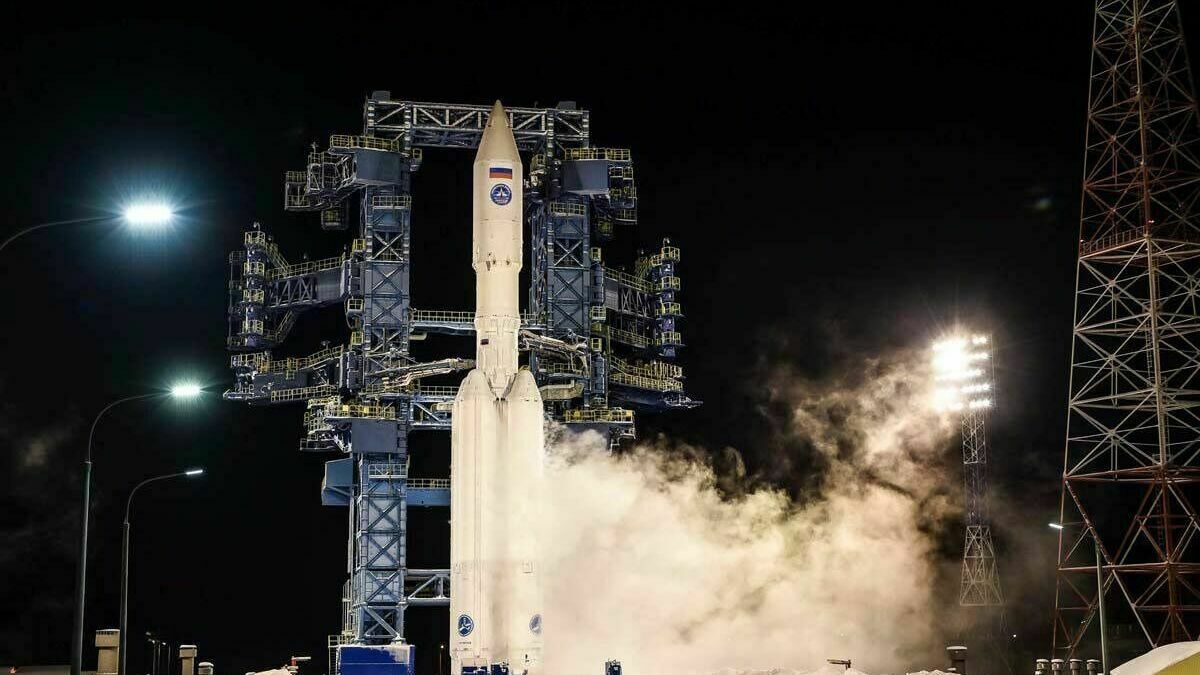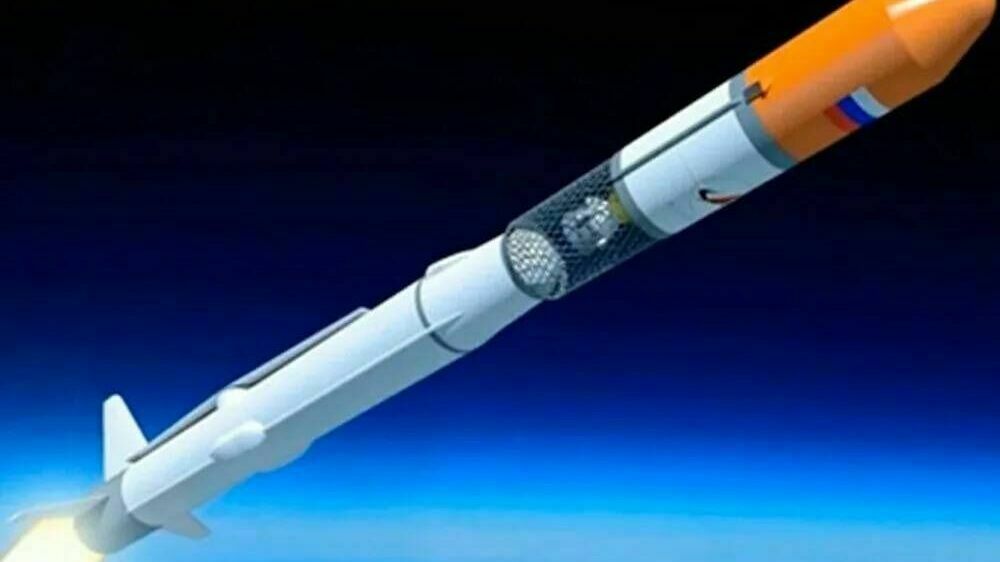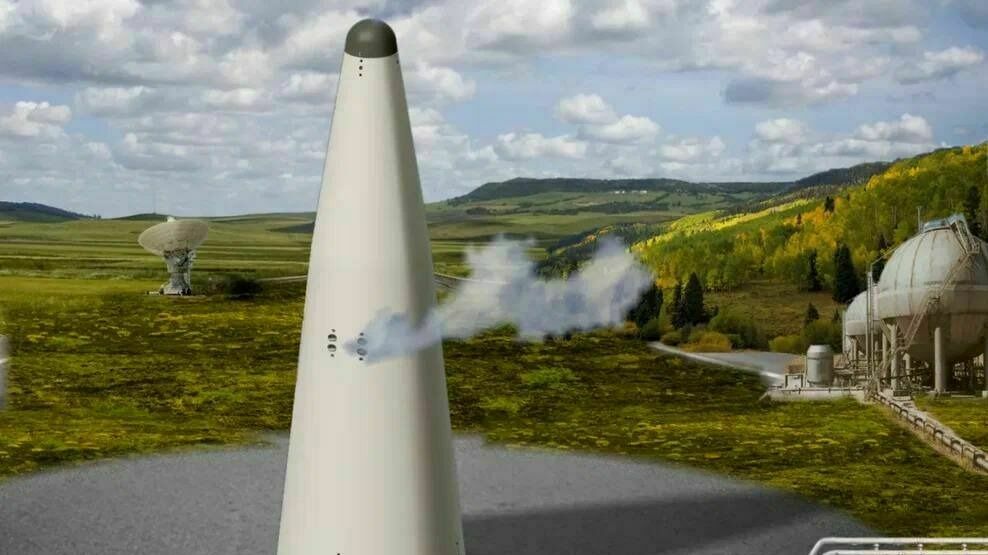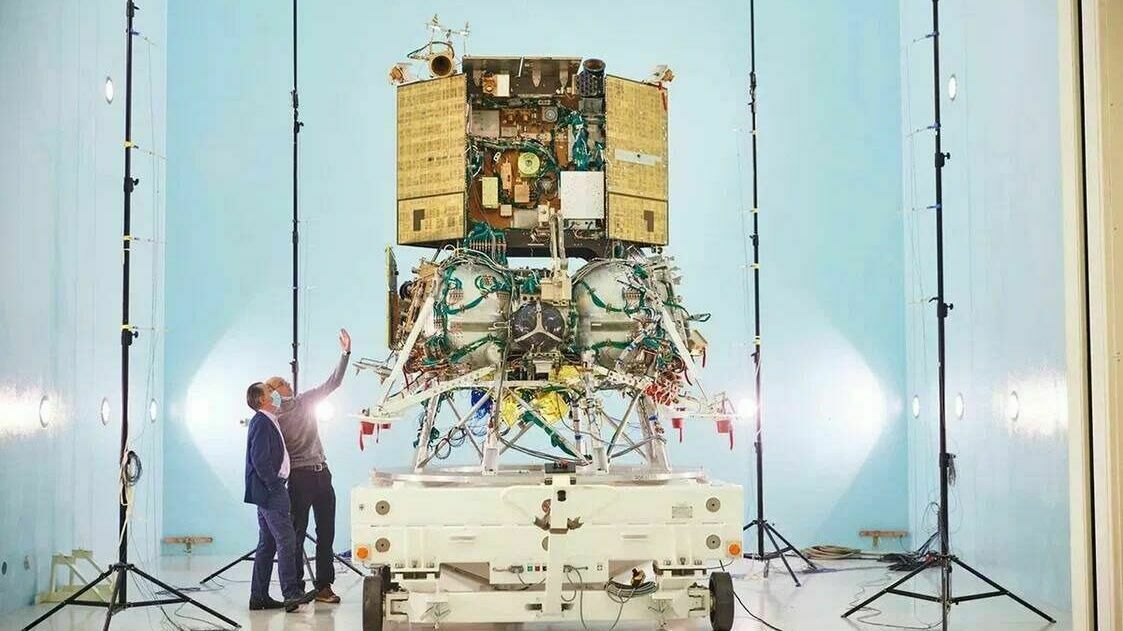Posted 12 апреля 2023, 12:27
Published 12 апреля 2023, 12:27
Modified 12 апреля 2023, 14:26
Updated 12 апреля 2023, 14:26
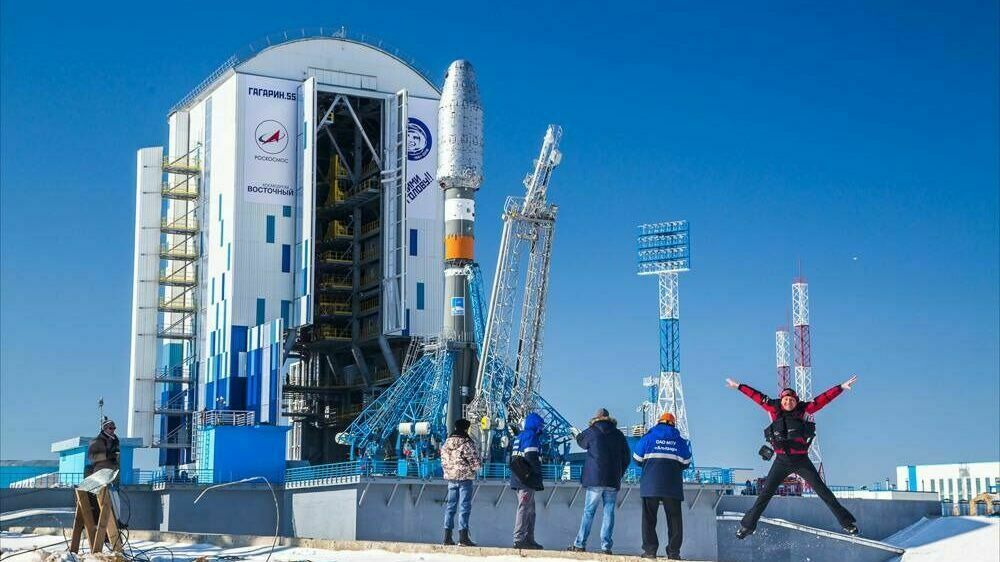
Cosmonautics in Russia: the last chance for survival
Cosmonautics Day: is there any hope for the Russian space industry to stay afloat
There has been no significant news from Roscosmos for a long time. Sometimes it seemed that all his activities were curtailed before the launch of a few satellites commissioned by the state and the Ministry of Defense. But at the beginning of 2023, the organization under the management of Yuri Borisov began to catch up: news from the field of rocket science, space exploration, scientific programs, interplanetary flights poured out of the cornucopia.
Shock five-year plan of space exploration
To begin with, the first specifics appeared on the future Russian Orbital Service Station (ROSS): it will begin to be deployed in 2027, up to 350 billion rubles will be required for the initial stage, and up to 600 billion rubles will be required for the entire project, taking into account the construction of infrastructure.
And in order not to be left without manned cosmonautics until the creation of ROSS, Roscosmos proposes to extend the work of the ISS until 2028.
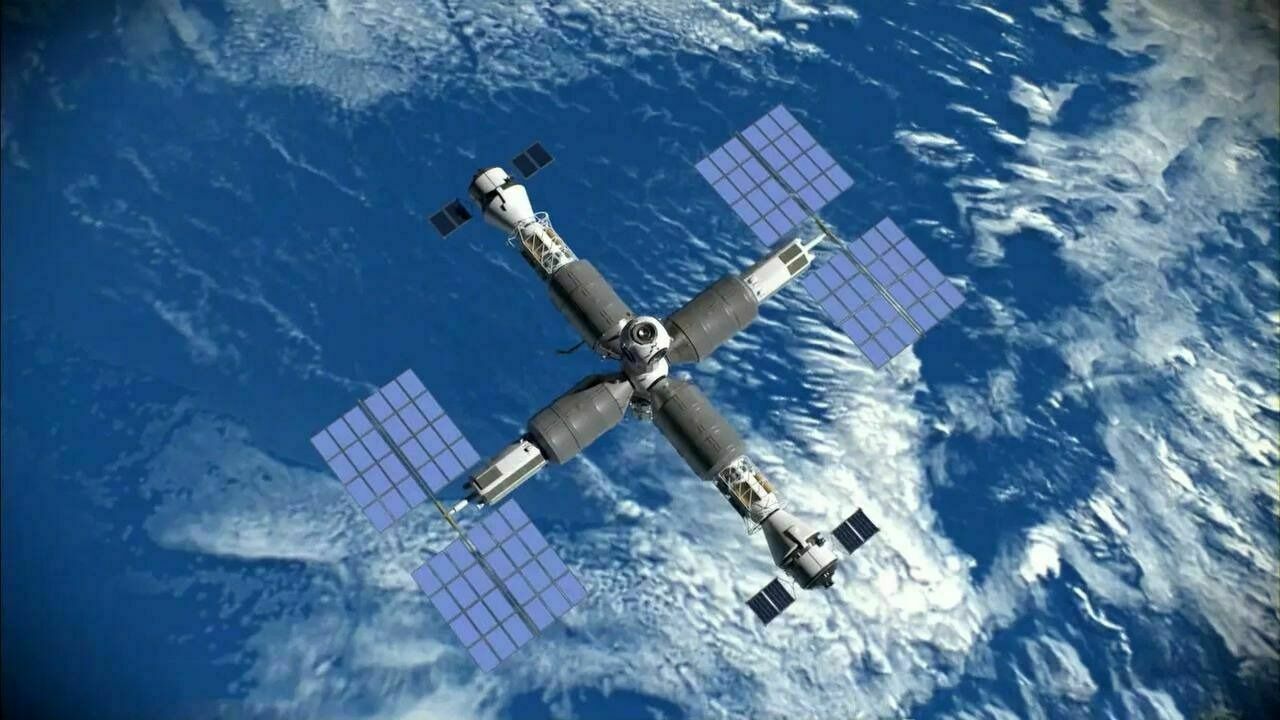

If the plans of Roscosmos come true, then we will not remain without missiles. At the Vostochny cosmodrome, work on the creation of a launch complex for the long-awaited Angara-A5 rockets should be completed by the end of 2023.
Work on the creation of infrastructure for the Angara began in 2018, was temporarily stopped in 2021 due to violations detected, and finally by the end of the year the site should be ready to launch missiles. At the same time, it was stated that the first flight model of the Soyuz-5 rocket (localized in Russia and modified Zenit) should be ready by the end of 2023, and the first flight will take place in 2024. Also, after some lull, it was announced that work on a completely new reusable rocket with methane engines "Amur" was continued. And the GRC named after. Makeeva, which is part of Roscosmos, presented a near-fantastic project of a reusable single-stage (this has not yet happened in the history of cosmonautics!) Korona missiles. Up to this point, it was believed that it was too expensive to drag excess mass into orbit – they always made drop stages. In Russia, we have to put up with the fact that the first and second stages are disposable – they either crash into the ground or burn up in the atmosphere. And foreign private companies were forced to learn how to return the first steps in order to save money.
The exploration of more distant space was not abandoned in Russia either. After the launch of the Luna-25 lander was canceled in September 2022 due to a malfunction in the equipment, uncertainty persisted for a long time. But now a new launch date has been determined for the lunar vehicle: July 13, 2023. And Russian cosmonauts will be able to visit the Moon, according to the leading employee of the Space Research Institute of the Russian Academy of Sciences, Nathan Eismont, in 7-10 years. And this is just the beginning: the Research Center named after M.V. Keldysh recently announced that it is developing and testing an ion engine for the Zeus space nuclear tug, which can be useful for interplanetary flights.
There are a lot of plans. But how realistic is all this? After all, Roscosmos used to exist within the framework of international cooperation, earning money by delivering satellites, cargo and people into orbit. Now, international cooperation has come down to the fact that Roscosmos was able to agree with the European Space Agency on the return to Russia of equipment for the closed ExoMars-2022 project and with NASA on the continuation of cross–flights (American astronauts will continue to fly on Soyuz, and Russian cosmonauts - on Crew Dragon). Even Kazakhstan, for the debts of the "Center for the Operation of Space Infrastructure Facilities" (CENKI), arrested the launch pad at Baikonur, which could be used for the launch of Soyuz-5…
Has space not been ours for a long time?
But it is not only Russia that generates news.
In the United States, regulators gave Elon Musk's SpaceX permission to make a trial launch of Starship, a fully reusable, the world's largest two–stage rocket, the second stage of which can be used as a full-fledged spacecraft for a flight to Mars.
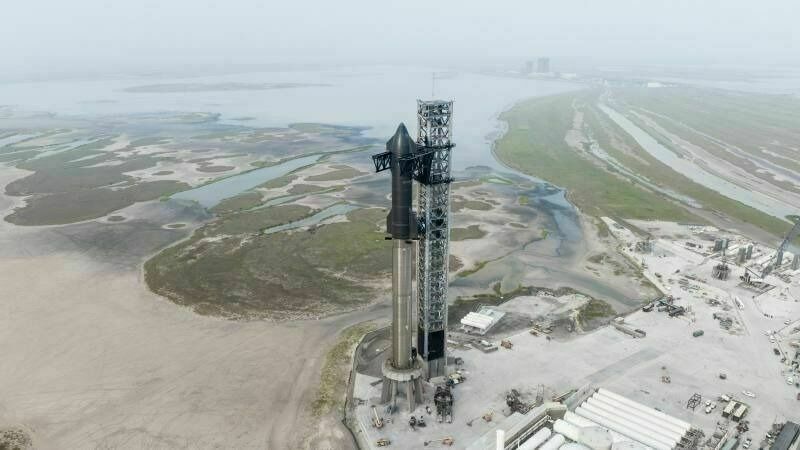

Since the beginning of 2023, SpaceX has already made 23 successful launches of the Falcon 9. On average, it turns out to be launched every 4 and a little days. The train on the Murmansk — Sevastopol route and that in the summer season of 2023 will run less often – 1 time in 7 days. Roscosmos, by the way, has so far made only 6 rocket launches.
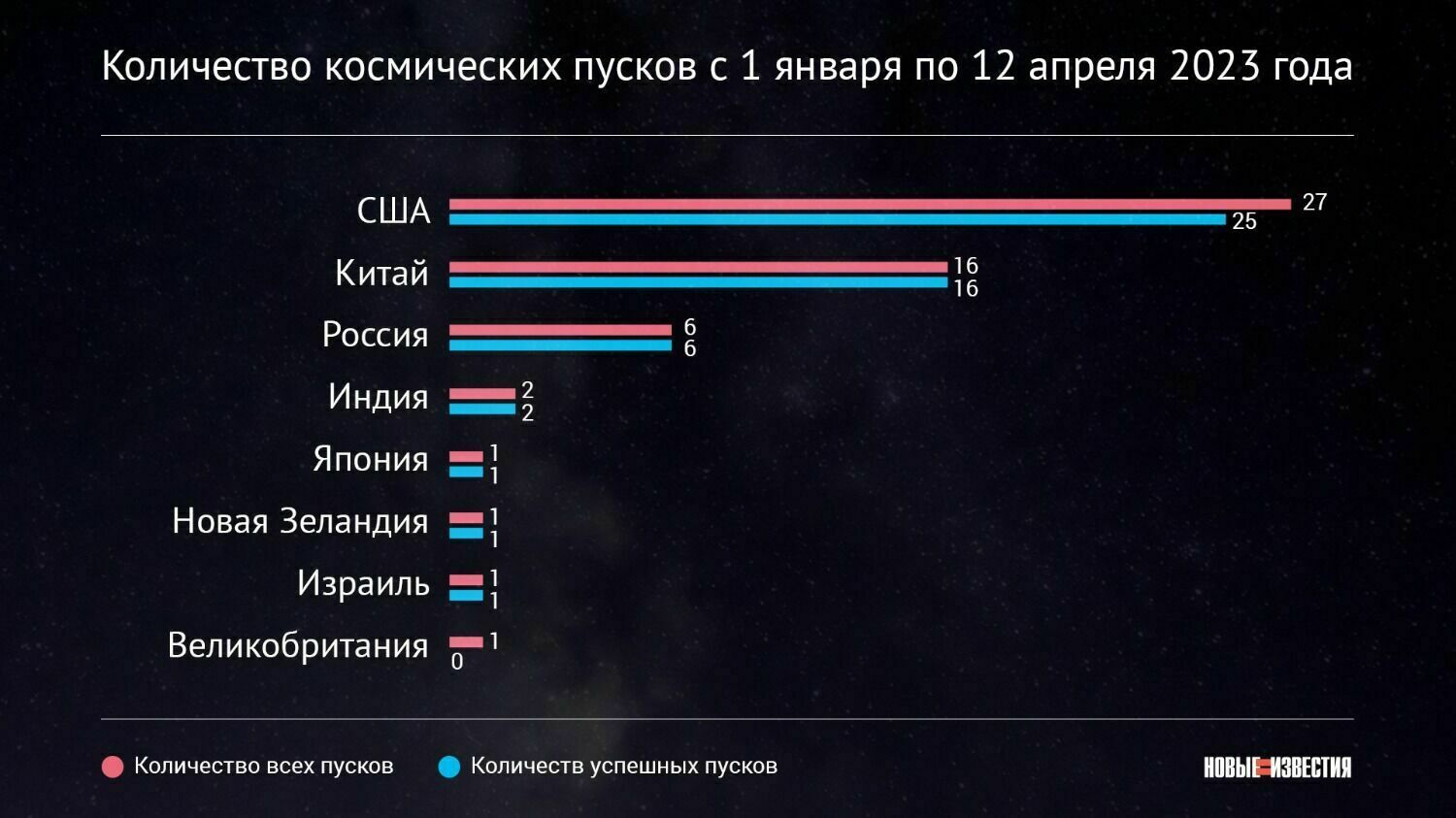

And on March 21, the Hakuto-R lander from the private Japanese company ispace entered the orbit of the Moon. If the landing is successful, the Hakuto-R will become the first ever private vehicle on the surface of the moon.
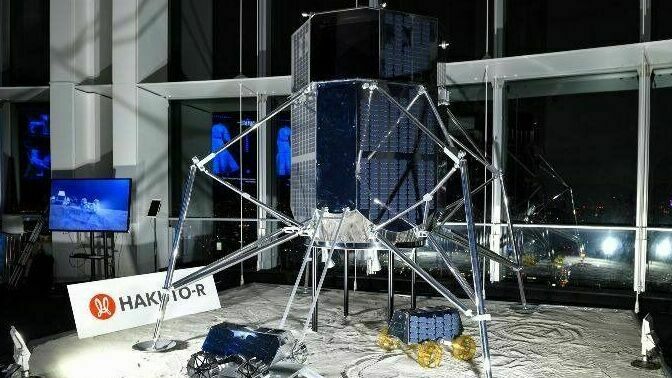

Launches of private rockets after SpaceX and New Zealand's RocketLab have become commonplace at all. Recently, the first test launch of the Terran 1 rocket from Relativity Space was made. A distinctive feature of the rocket is that it is almost entirely made using 3D printing technologies. Yes, "Terran 1" has not completed its flight, but this is only the first attempt for a young company. But in early April in China, the first successful flight was made by the Tianlong-1 rocket from the private company Beijing Tianbing Technology (Space Pioneer). But not so long ago, China was catching up in the field of cosmonautics, borrowed Russian and Soviet technologies…
With modern technologies, space is getting closer, space is becoming accessible to private companies. There is no longer a need to mobilize all the resources of the country, to involve dozens of research institutes, which employ tens of thousands of specialists, in solving problems. So maybe it's better to dissolve all state corporations like Roscosmos and NASA and put the whole initiative in the hands of private owners? But the popularizer of cosmonautics, Philip Terekhov, is sure that this is not the best option – each structure has its own tasks.
- Large state agencies allow you to implement large, long and expensive projects that do not promise immediate profit. A good example is the James Webb telescope or the Russian Spectrum series of telescopes. This is unique scientific data, new knowledge about the universe, but not profit for shareholders. Also, a large space agency can grow new private companies, as NASA did with SpaceX and not only. Private traders receive orders, acquire competencies, expand and move forward the space services market. Roscosmos gives students and even schoolchildren the opportunity to launch their satellite, such projects are invaluable for educating a new generation of engineers, even if they do not link their adult careers directly with space. The confrontation between "colossal" space agencies and private space companies is largely polemical, they solve different tasks at different levels and complement each other, not compete.Vitaly Egorov, a journalist and popularizer of cosmonautics, is also sure that private cosmonautics would not exist without state participation.
- When we talk about the success of private cosmonautics, we must understand that more attention is being drawn to them, because they appeared for the first time at all. And now, despite the fact that state space agencies are not just continuing their activities, but some are even increasing, for example, American or Chinese, not much attention is paid to them, because this is a more familiar type of activity, it lasts for decades, it started back in the 60s, and it just became routine. But the scale of the activities of space agencies still surpasses all the achievements of private cosmonautics. The same SpaceX conducts most of the programs in the public interest. And when we look at the success of private companies in different countries, it is almost directly proportional to how much the state contributes to the success of these private companies.So, it is no longer possible to imagine modern space without state corporations or private companies.
In theory, both directions exist in Russia. But, as we can see, today the pace of development of the space industry abroad is more intensive and productive. Why is this happening? Why we can't wait for the appearance of "Russian Ilon Masks" and whether there is even a chance for the development of private cosmonautics in Russia - read in the second part of the special project "NI" dedicated to Cosmonautics Day.
